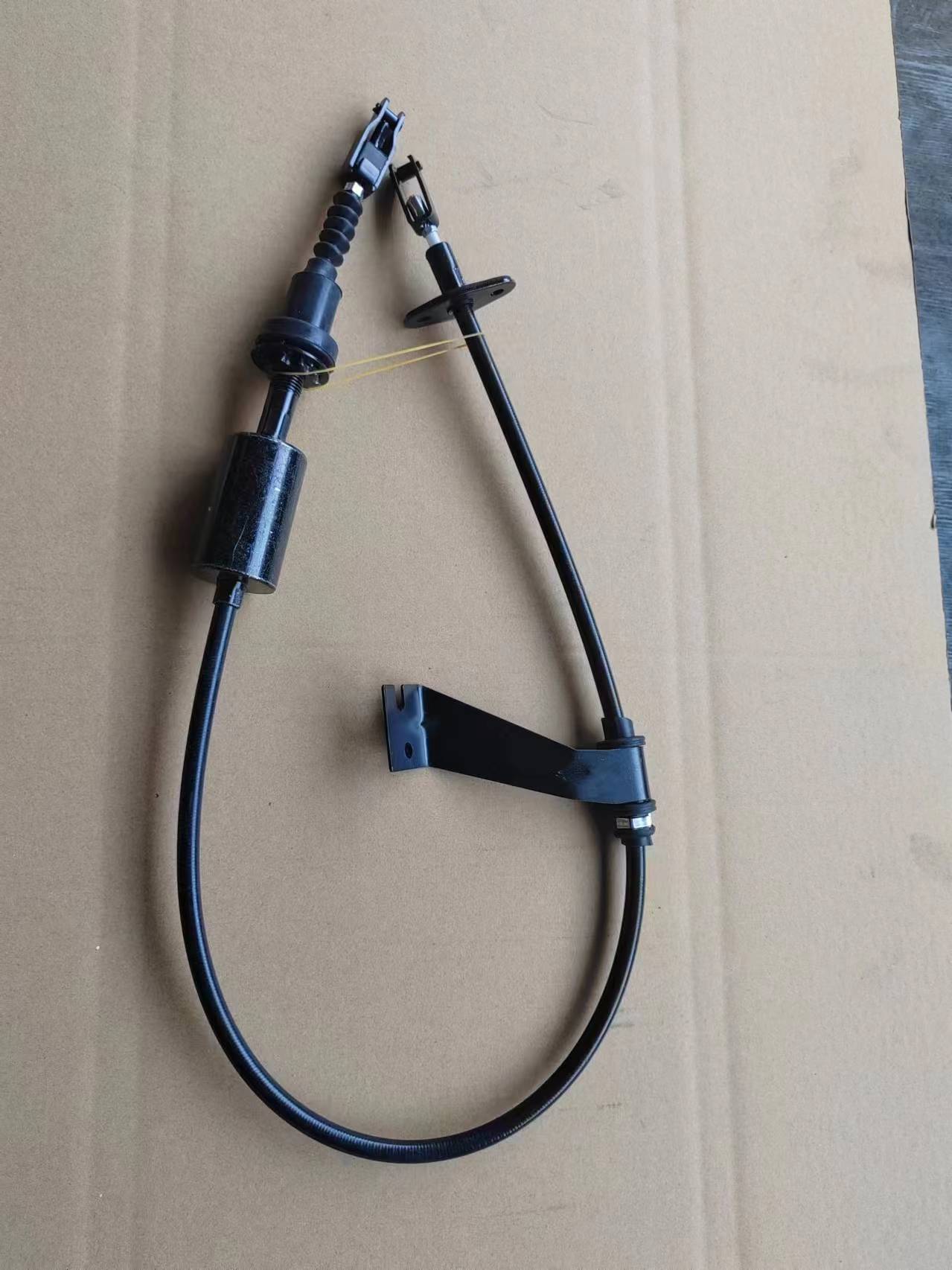Understanding Go Kart Throttle Cable Linkage for Improved Racing Performance and Control Techniques
Understanding Go-Kart Throttle Cable Linkage
Go-karts are an exciting and popular choice for racing enthusiasts of all ages. At their core, these small, lightweight vehicles are designed for speed and agility, providing a thrilling experience on the racetrack. One crucial component that contributes to a go-kart's performance is the throttle cable linkage. This article delves into the importance of the throttle cable linkage, how it functions, and some tips for maintenance and adjustment.
What is Throttle Cable Linkage?
The throttle cable linkage in a go-kart serves as the connection between the driver’s foot pedal and the engine’s throttle. This system allows the driver to control the power output of the engine by either accelerating or decelerating as needed. When the driver presses the throttle pedal, the cable pulls on a mechanism that opens the throttle valve in the engine, allowing air and fuel to enter for combustion. Conversely, releasing the pedal pulls the cable back, closing the throttle valve and reducing engine power.
Functionality and Mechanism
The throttle cable is typically made from durable materials, often featuring a metal core covered in a protective sheath. This design ensures smooth operation and protection against wear and tear. The linkage system may include various components, such as pulleys, adjusters, and springs, which all work together to create a responsive driving experience.
Proper functioning of the throttle cable linkage is essential for the go-kart to respond accurately to the driver’s inputs. If the cable is too loose, it may lead to a delayed or sluggish response when accelerating. On the other hand, if it is too tight, it can cause the throttle to stick, resulting in an unsafe situation where the kart may not decelerate properly.
Importance of Maintenance
go kart throttle cable linkage

Regular maintenance of the throttle cable linkage is vital for ensuring optimal performance. Drivers should periodically check the cable for signs of wear, fraying, or damage. Any detected issues should be addressed immediately, as a faulty throttle cable can lead to poor performance or even accidents.
Another important aspect of maintenance is lubrication. Over time, dirt and debris can accumulate within the throttle cable sheath, leading to stiffness and reduced responsiveness. Applying a suitable lubricant helps to keep the cable moving freely, ensuring a smooth throttle response.
Adjusting the Throttle Cable
Adjustment of the throttle cable is necessary for fine-tuning the go-kart's performance. Most go-karts come equipped with an adjustment mechanism near the throttle pedal. By loosening the lock nut and adjusting the cable tension, drivers can achieve the desired throttle response. It’s best to refer to the go-kart's owner manual for specific instructions on making these adjustments tailored to the model.
Careful adjustment can enhance the driving experience, providing a more direct and responsive throttle feel. However, any adjustments should be made cautiously—it's essential to test the kart in a safe environment after adjustments to ensure everything is functioning correctly.
Conclusion
In conclusion, the throttle cable linkage is a vital component of go-kart functionality that significantly impacts performance and safety. Understanding its design, significance, and maintenance can lead to an improved racing experience. Proper care and adjustment of the throttle cable not only enhance the acceleration and deceleration response but also ensure the kart remains safe and reliable. For any go-kart enthusiast, paying attention to this critical system will undoubtedly contribute to more enjoyable and successful racing outings.
-
Workings of Clutch Pipe and Hose SystemsNewsJun.04,2025
-
The Inner Workings of Hand Brake Cable SystemsNewsJun.04,2025
-
The Secrets of Throttle and Accelerator CablesNewsJun.04,2025
-
The Hidden Lifeline of Your Transmission Gear Shift CablesNewsJun.04,2025
-
Demystifying Gear Cables and Shift LinkagesNewsJun.04,2025
-
Decoding Clutch Line Systems A Comprehensive GuideNewsJun.04,2025
